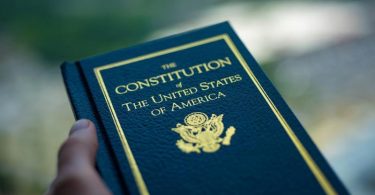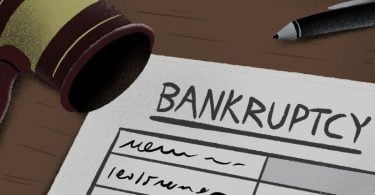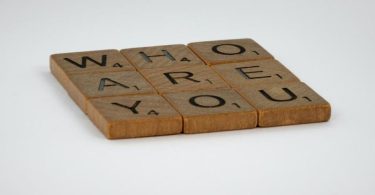Lease and Hire Purchase are two different ways to pay for an asset. The main difference is in who owns the asset and how it is treated. In a lease, the owner of the asset stays the same, but the lessee rents it for a certain amount of time. When the lease is up, the asset is returned, or a new deal is made. In a hire purchase, the person who rents the item gradually becomes the owner by making regular payments. After all the payments are made, the person who rented the item becomes the owner. Leasing gives you flexibility and tax breaks, while hire purchase gives you a way to own the item eventually and usually requires less money upfront.
What is Lease?
A lease is a contract between the lessor (the owner) and the lessee (the person who uses the property). The lessor gives the lessee the right to use a specific asset, like a house, car, or equipment, for a certain amount of time in exchange for regular payments. The length of the lease can range from short to long, depending on what the asset is and what the parties want.
Leasing is a popular method of financing for firms and individuals that require the usage of assets but wish to avoid assuming the financial burden of ownership. This arrangement gives the lessees a lot of freedom because they can upgrade or change the assets at the end of the lease term. It could also help with taxes because lease payments are often treated as operating costs, which lowers taxable income.
Unless the agreement says otherwise, the lessor keeps ownership of the asset during the lease period and is responsible for maintenance and any risks that come with it. At the end of the lease, the person who rented the item usually gives it back to the person who rented it or signs a new contract. In some cases, the person who rents the asset may have the option to buy it at a set price. This is called a lease-to-own or lease-purchase agreement.
There are two main types of leases: operating leases and finance leases. Operating leases are short-term and usually cover less than the asset’s useful life. Finance leases, on the other hand, are long-term and often cover most of the asset’s useful life, with the lessee taking on more financial responsibility and risks related to the asset.
What is Hire Purchase?
Hire purchase is a way to pay for something like a car or equipment by making regular payments over time. This can be used by individuals or businesses. In a hire-purchase agreement, the buyer (hirer) takes possession of the asset, but the seller (financier) keeps ownership until the last payment.
The hire-purchase agreement starts with a down payment and then a series of payments that usually include both the principal payment and interest. Once all payments have been made, the asset’s legal ownership is transferred from the financier to the hirer.
Hire purchase is a good option for people who want to own the asset in the long run but may not have enough money to buy it outright. With this method of financing, the cost of an asset can be spread out over a longer period of time, making it easier to afford and manage.
The costs and hazards associated with the asset’s use, including maintenance, fall under the hirer’s purview during the duration of the agreement. The financier can take back the asset if payments are missed or not made on time. Hire-purchase agreements may also allow the hirer to return the item and end the contract before they own it fully, as long as certain conditions are met.
In short, a hire purchase is a way to own an asset by making regular payments. The person hiring the asset is responsible for maintenance and risks, and the asset’s cost is spread out over a long period.
Difference Between Lease and Hire Purchase
The primary distinction between hire purchase and lease is based on who ultimately owns the item and why. After making all of the required payments under the terms of a hire purchase agreement, the hirer finally becomes the legal owner of the asset. During a lease, the lessor retains ownership of the leased asset while the lessee pays for the privilege of using the asset. Leasing allows for greater mobility and shorter commitments than hire purchase, prioritising ownership. Hence, these financing choices accommodate a variety of demands and preferences, with hire purchase typically requiring a cheaper initial expenditure and the possibility of ownership and leasing offering flexibility and possible tax advantages. Below, we’ll get into the primary differences between hire purchase and lease.
Ownership
When a hire purchase agreement is fulfilled, the hirer ultimately acquires ownership of the asset. The lessor continues to own the leased property throughout the duration of the lease.
Asset Type
Leasing can apply to a wide range of assets, from real estate to automobiles to industrial equipment, whereas hire purchase is typically used to acquire vehicles or equipment.
Initial Outlay
Whereas leasing typically does not necessitate a down payment, hire purchase frequently does.
Payment Structure
Lease payments are normally fixed and cover solely the use of the asset, while hire purchase payments include principal repayment and interest.
Maintenance
Under hire purchase arrangements, the burden of regular maintenance falls on the hirer. Lessors typically handle repairs and upkeep in leases, especially in operating leases.
Tax Implications
Lease payments are typically deductible business expenses. The interesting part of a hire purchase payment is deductible, but not the principle.
Balance Sheet Treatment
A lessee usually will not include leased assets on its financial sheet (except for finance leases). The hirer’s balance sheet will show the assets acquired through the hire purchase and liability for the total amount still owed.
Depreciation
The hirer claims depreciation on the asset in a hire purchase transaction. Except for finance leases, where the lessee makes the depreciation claim, the lessor usually claims depreciation.
Termination
In certain conditions, hire purchase agreements may be terminated early by returning the asset. Early termination of a lease may result in penalties or necessitate special arrangements with the lessor.
End-of-Term Options
When a lease expires, the asset is returned, or a new one is negotiated. After making all of the required hire purchase payments, the hirer becomes the legal owner of the item.






